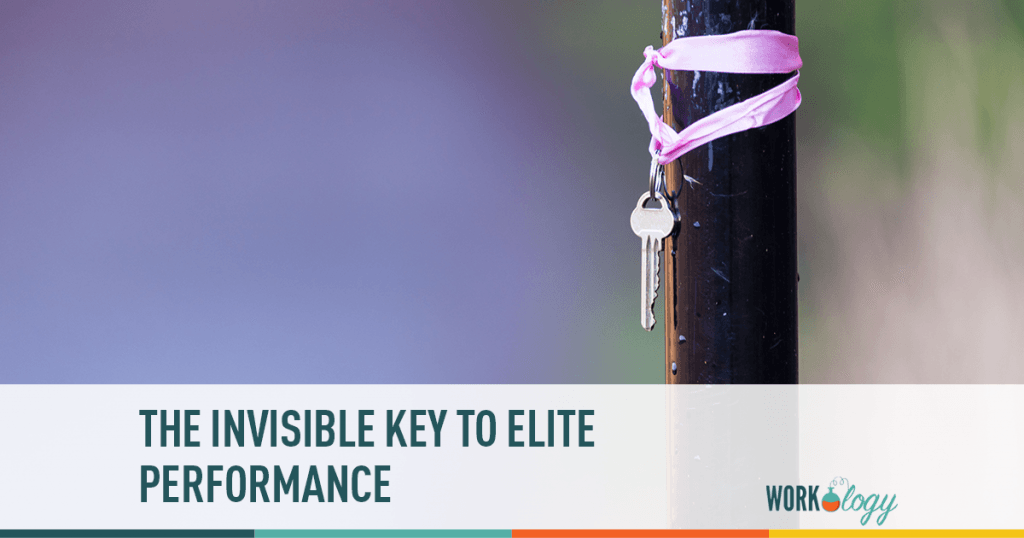If you’re a high performer, workaholic, hard worker or all of the above, and don’t plan on stopping any time soon, you need to know when to work and when to rest. Learning when to back off and recover after a period of exertion, is essential for high performance was well as a more balanced life.
Sustained elite performance
Sustained high performance requires more than intelligence and effort. It also requires physical and emotional endurance and strength. To get body, emotions and mind all working together, high performers need to do what athletes have done for years. They need to make considerable effort and then recover appropriately.
When training as an athlete, an elite performer, builds muscle and strength by pushing him or herself to the limit. The same is true if you are a corporate athlete, working hard for many hours or days, pushing yourself to your limit. What do you do after an extreme physical workout? You recover! The same principle applies to on-the-job workouts.
Exertion and Recovery: Find the Balance
The balance between exertion and recovery is a dynamic one. Muscle is built by pushing to the high end of your capacity through heavy exertion and then resting and recovering long enough for muscles to repair. It’s the same thing with building the endurance for elite performance at work.
If you don’t allow a long enough recovery period after a physical workout, you’re more vulnerable to injury, painful workouts and spotty performance. After a long period of extreme effort at work, you also need a recovery period. If you don’t create this for yourself, you’ll be more vulnerable to painful imbalance, fatigue, burnout, high levels of reactivity, and poor performance. In the long run, elite performance is simply not sustainable if you lack adequate recovery.
Create High Performance Habits
High performers who want to stay in balance and be around for the long haul, will recognize the need for recovery and learn to make adjustments when they start to slip out of balance. This means creating habits that support ongoing balance. Here are a few to consider.
- Healthy sleeping, eating and exercise habits. This Holy Trinity of self-care and balance provides a basic foundation that supports your life force.
- Relationship habits. There are many important layers to healthy relationship habits, like being able to use discernment and graciously say no, when necessary, or to ask for what you need, and to make choices that are fully self-respecting and respectful of others. These are all vital for both high performance and success.
- Recovery habits. These are the behaviors that will support you after a period of high exertion. They will nourish you and re-charge your system. For example, these activities may be familial, recreational, social, athletic, spiritual, or creative. Find what works for you.
- Reflection habits. These are the regular moments when you step back from doing things and pause long enough to see, feel, and assess what is going on. Try reflecting on your balance or performance at the end of each day. Consider keeping a log of your performance after a period of recovery. Note any improvements in your energy, focus, decision-making abilities, or your ability to keep a high, wide vision, for yourself, your life, or your work.
There are multiple benefits to dynamic balance, both in the workplace and at home. Find out for yourself. Start by pulling back and recovering after a period of extreme or extended effort. You’ll not only prevent unnecessary imbalance or pain, but will also discover for yourself the unexpected benefits of recovery.








One Comment
miscomm
Comments are closed.